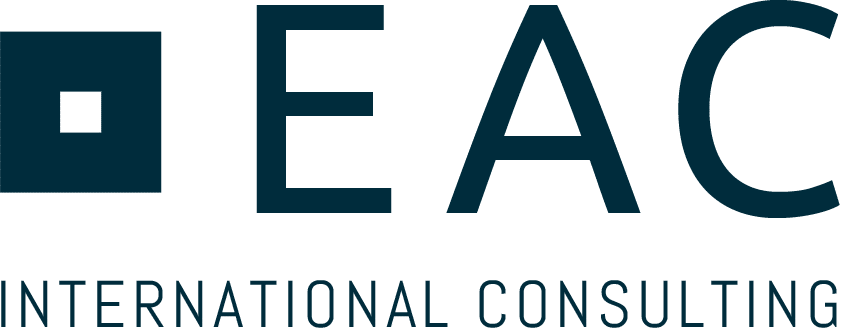Shared Service Center – Rising cost pressure and drive for automation

Poland stands out as the largest player for SSC in CEE commanding a 69% market share, with high proficiency in English and German. The close geographical, time, as well as cultural proximity and similarities to home economies in Western Europe foster robust economic connections. The countries which get the highest attention are Poland, the Czech Republic, Hungary as well as the Baltics. However, the geographical scope of Central and Eastern Europe can also be extended to other countries for instance Croatia, North Macedonia, Serbia and Turkey. Several countries in CEE are already part of the European Union while others applied for membership. The three biggest countries regarding the number of SSC in CEE are:
- Poland: 1,700
- Czech Republic: 350
- Hungary: 238
Shared Service Center operating models are transforming from a single function SSC, e.g., Accounting, focused on labor arbitrage, to global value generating profit centers which lead challenges like digitization as well as end-to-end process transformations. The majority of SSC are currently between the stages of multi-functional and Global Business Services.
Many Shared Service Center face similar challenges esp. high attrition rates of above 25% as well as a low level of standardization and harmonization. The mapping of key processes can provide the foundation for standardization, which will allow SSC to use automation solutions in the next step. Accounts Payables is normally the process with which companies start automating their processes. Several software programs offer the possibility to reduce, for instance, the cost of invoicing processing by more than 50%. The successful adoption of such tools will improve customer satisfaction as the amount of manual work decreases. Thus, it will allow companies to use their employees for further carve-ins of new countries and functions which requires low levels of attrition for success.
Summary of trends
- Expansion to “new” countries as esp. Poland becomes very competitive and expensive
- Scope extension of new functions into an existing SSC
- New automation solutions to reduce manual tasks and costs
- Intensifying war of talents and increase of work from home demands
A maturity assessment to assess the status quo of an SSC can be crucial to identify the correct next steps. For new SSC a best-fit location analysis can extend to new countries which have lower wages and less competition.
Investments requiring support can contact EAC partners Anna Ahlborn and Uwe Haizmann.





